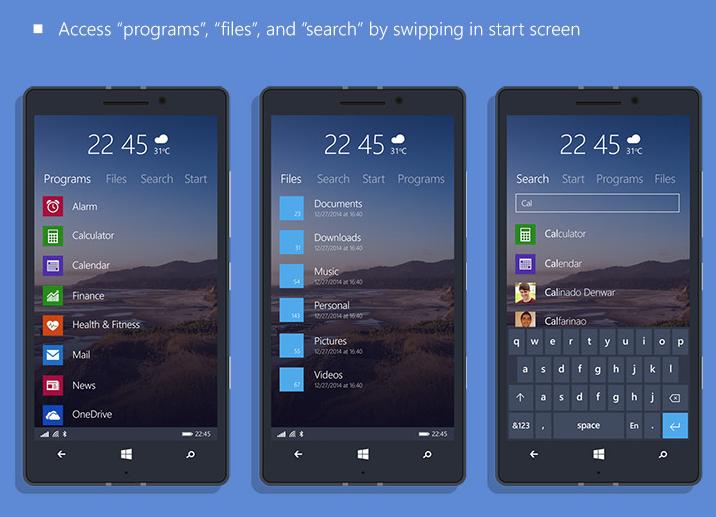

- #How to check program files on mac software
- #How to check program files on mac download
- #How to check program files on mac windows
Here’s what this command is doing: we’re telling the FCIV program to create a checksum with the SHA-1 hash of the selected file, and output that value to a text file with the name of your choice (it should show up in your Downloads folder). It’s simple: in the Command Prompt window type in fciv -sha1 > filename.txt. Here, we can use FCIV to create a checksum for our file. In the context menu, select Open Command Window Here. Hold the Shift key down while right-clicking any whitespace in the Downloads folder.
#How to check program files on mac windows
In Windows 10, head into your Downloads folder. Next, we need to create a checksum of the file we’re checking. This will usually be marked as either a SHA-1 has or a MD5 hash, which is basically an output of a bunch of strings and numbers (more on this in a minute).
#How to check program files on mac download
Usually, the download provider will provide you with a checksum on the Downloads page of whatever program you’re downloading - in 99% of cases, it’s a simple text file with the checksum value in it. If we don’t have a checksum of the file, we’ll have nothing to compare our own checksum to, therefore making this process useless. the company or developer) needs to provide you with a checksum. To be able to check integrity, the original owner of the file (i.e. First, it’s worth noting that we can’t always check the integrity of file. Now that FCIV is setup, we can begin checking the integrity of files we download. Congratulations, we should now be able to access our File Checksum Integrity Verifier from anywhere in Windows. In this directory, you should see a Windows folder, simply right-click it and press Paste. Next, we’ll want to open File Explorer and navigate to C. We’ll need to right-click on the fciv.exe file we just extracted to the Desktop and select Copy. Once the installation is finished, we’ll to move to the program so that Windows can use it in Command Line like any other tool. If you gave malware a chance to do that, getting rid of it and fixing the problem would cause you lots of time, potential file loss, and possibly a good chunk of change if you need to take your system to a computer repair shop. With that in mind, you don’t need malware or viruses getting past your anti-virus, locking up your system, causing irreversible damage to important files, gaining access to information they shouldn’t have, etc. Just one real-world example: operating systems and anti-malware programs didn’t have the information they needed to detect and get rid of WannaCry before it was too late.
#How to check program files on mac software
In most cases, your anti-virus or anti-malware software will catch any downloaded viruses before they can do harm, but they’re still something you don’t want to download willingly, especially if your anti-virus happened to pass over or miss the downloaded malware. Just to reiterate, it is so important to check the integrity of a file (basically verifying its authenticity), so that you don’t accidentally download malware, viruses, ransomware and other harmful software to your computer. So, how can we know that the files we are downloading are actually what we wanted to download, or at least aren’t traced with malware? It can be hard to check on your own, but there are still ways to verify the integrity of a file. Malware and the like is easily transferred to your computer by way of downloading files, especially if you download from a website that isn’t trusted or appears sketchy. In fact, people’s computers are infected by ransomware, viruses, malware and other types of harmful software on a daily basis - this is why anti-malware and virus protection is touted so regularly. A piece of ransomware affecting endless computers worldwide is usually very rare, but ransomware, viruses, malware and others are not. For example, we remember the WannaCry ransomware that affected endless computers nationwide, including commercial systems. In a world where we use the Internet for almost everything, data breaches, security vulnerabilities, malware and viruses have become so very common.


 0 kommentar(er)
0 kommentar(er)
